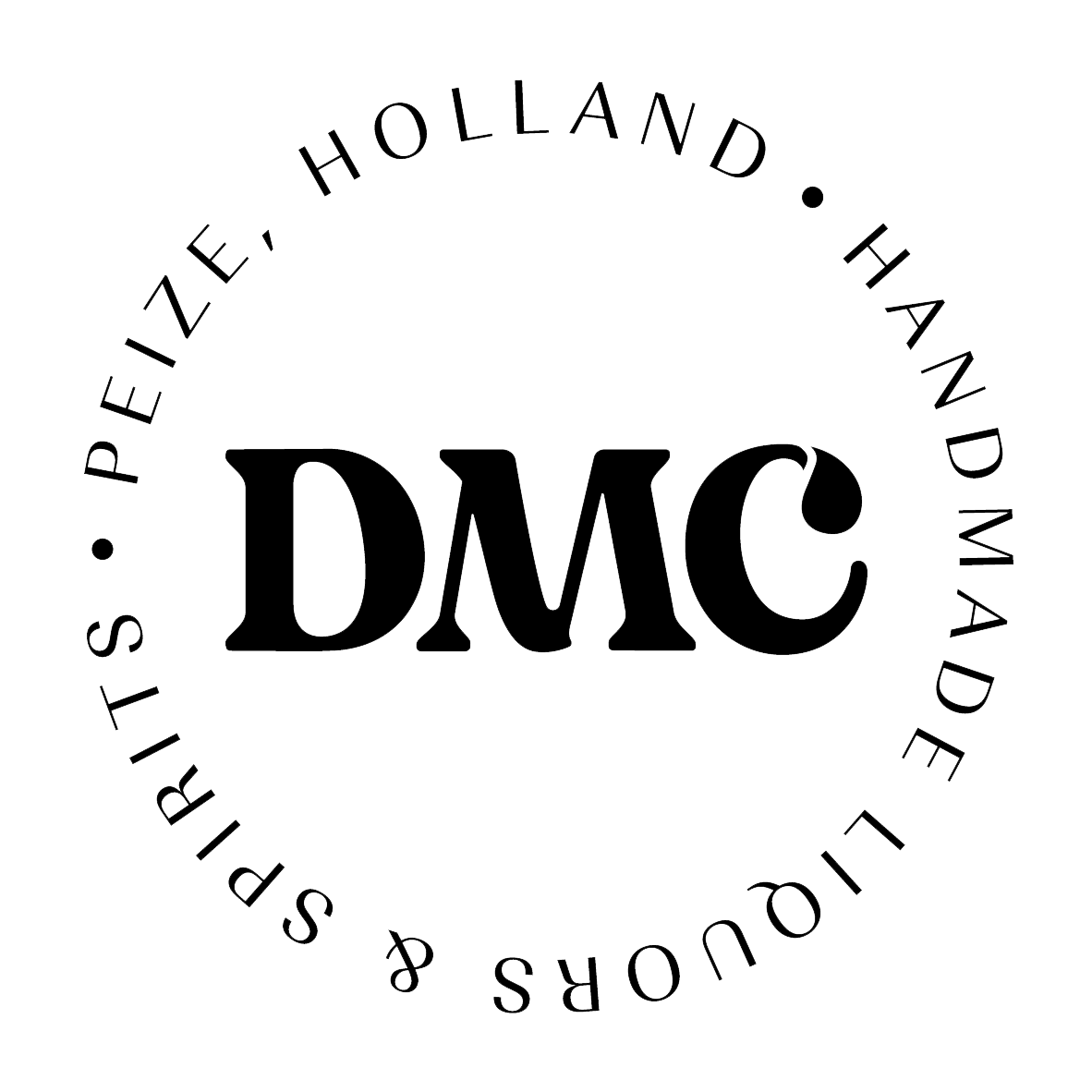Content
Sales and the ultimate decision that specific accounts receivable will never be collected can happen months apart. During the interim, bad debts are estimated and recorded on the income statement as an expense and on the balance sheet through an allowance account, a contra asset. In that way, the receivable balance is shown at net realizable value while expenses are recognized in the same period as the sale to correspond with the matching principle. When financial statements are prepared, an estimation of the uncollectible amounts is made and an adjusting entry recorded. Thus, the expense, the allowance account, and the accounts receivable are all presented properly according to U.S. Bad debt expense is an income statement account that is used to record client account balances deemed uncollectible by the accounting department.
Record an Allowance for Doubtful Accounts – The Motley Fool
Record an Allowance for Doubtful Accounts.
Posted: Wed, 18 May 2022 07:00:00 GMT [source]
An email will be sent to the department 30 days before the write off is processed. The notification will include an attachment of the list of accounts targeted for write off. The department must review the list for potential resolution with the vendor or institution. Accounts that have been written off will no longer be eligible to conduct business with the University until the full principal debt and all related collection fees are paid. Collection agencies should not retain accounts more than twelve months unless there is evidence that collection is imminent. Whenever an invoice is written off as uncollectible, a record of the debt and of the administrative action will be maintained per the UC Records Retention schedule. A receivable account is deemed uncollectible when it remains unpaid after the University has taken all adequate and reasonable efforts to collect an amount due.
Recording the Allowance for Doubtful Accounts
There are two primary methods for estimating the amount of accounts receivable that are not expected to be converted into cash. Historical allowance for uncollectable accounts percentage –This is another method that organizations use a lot. By using this method, an organization looks at the past results.
- Thus, the expense, the allowance account, and the accounts receivable are all presented properly according to U.S.
- If you use double-entry accounting, you also record the amount of money customers owe you.
- In Exhibit 1, the aging schedule shows that the older the receivable, the less likely the company is to collect it.
- Your allowance for doubtful accounts estimation for the two aging periods would be $550 ($300 + $250).
- Even with the most stringent analysis of a customer’s ability to pay, there’s going to be a time when a customer doesn’t pay what they owe.
How you account for your bad debts will depend upon whether you use the cash basis or the accrual basis of accounting. If you use the cash basis, you recognize income only when a payment is received. Bad debts are not a problem because you simply never record the income that you were expecting to get. The allowance method estimates the “bad debt” expense near the end of a period and relies on adjusting entries to write off certain customer accounts determined as uncollectable. When the balance on allowance for doubtful accounts is credited, the bad debt expenses are debited. Being proactive with your e-invoicing and collections process is the easiest way to reduce the number of doubtful or delinquent accounts.
What are the Advantages of the Allowance Method?
Amounts paid in full on written-off invoices will be credited to the department, less any applicable collection agency commissions or costs, and the indebtedness will be considered fully satisfied. Unpaid invoices between 180 days and one year past due must be reviewed by both the initiating department and Financial Services for write-off. Any write-offs will be charged back to the invoicing department’s revenue account initially credited when the charges were created. The University’s collections efforts are considered to be completed once accounts are turned over to a collection agency. Unlike bad debt, doubtful debt isn’t officially uncollectible debt. Doubtful debt is money you predict will turn into bad debt, but there’s still a chance you will receive the money. If you believe he will pay all of it back, you may want to go ahead and make the accounting entries as if he had paid the amount in full.
Furthermore, it can refer to the total amount of money owed to a third party, such as a utility company, credit card company, mortgage banker, or other similar lender or creditor. Credit SalesCredit Sales is a transaction https://personal-accounting.org/ type in which the customers/buyers are allowed to pay up for the bought item later on instead of paying at the exact time of purchase. It gives them the required time to collect money & make the payment.
2 Accounting for Uncollectible Accounts
She most recently worked at Duke University and is the owner of Peggy James, CPA, PLLC, serving small businesses, nonprofits, solopreneurs, freelancers, and individuals. Mary Girsch-Bock is the expert on accounting software and payroll software for The Ascent. The Rule Of AccountingAccounting rules are guidelines to follow for registering daily transactions in the entity book through the double-entry system. Here, every transaction must have at least 2 accounts , with one being debited & the other being credited. Because the focus of the discussion here is on accounts receivable and their collectability, the recognition of cost of goods sold as well as the possible return of any merchandise will be omitted. Court action may be taken when administrative collection efforts have failed, and an account has been turned over to a collection agency.
- Among these doubtful accounts, some make the payment after multiple follow-ups, and some do not pay at all.
- The allowance, sometimes called a bad debt reserve, represents management’s estimate of the amount of accounts receivable that will not be paid by customers.
- A contra asset account means its balance will either be zero or negative .
- However, the balance sheet would show $100,000 accounts receivable less a $5,300 allowance for doubtful accounts, resulting in net receivables of $ 94,700.
For example, if a business has a total accounts receivable of $1,000,000 and their allowance for doubtful accounts is 5%, which is $50,000, then the net AR will be $950,000. The allowance for doubtful accounts is also known as the allowance for bad debt and bad debt allowance. Net receivables are the money owed to a company by its customers minus the money owed that will likely never be paid, often expressed as a percentage. For example, at year-end, you determine that you’re unable to collect on a $1,000 invoice, requiring you to make the following journal entry.
This method is commonly used when client relationships span years and provide plenty of historical data for your business to pull from. An allowance account is established to reserve for bad debts either at the department level or at the University-wide level. For example, if 3% of your sales were uncollectible, set aside 3% of your sales in your ADA account. Say you have a total of $70,000 in accounts receivable, your allowance for doubtful accounts would be $2,100 ($70,000 X 3%). Otherwise, it could be misleading to investors who might falsely assume the entire A/R balance recorded will eventually be received in cash (i.e. bad debt expense acts as a “cushion” for losses). The allowance for doubtful accounts is management’s objective estimate of their company’s receivables that are unlikely to be paid by customers. The accounts receivable aging method is a report that lists unpaid customer invoices by date ranges and applies a rate of default to each date range.
ADA is a type of contra asset account used to reduce your account receivable balance (“contra asset” referring to an asset account where the account balance is a credit balance). ADA is paired with bad debt expenses on your company’s balance sheet, meaning that when you fail to collect on an invoice, ADA is credited and bad debt expense is debited. For example, assume Rankin’s allowance account had a $300 credit balance before adjustment.
Let’s say your business brought in $60,000 worth of sales during the accounting period. Based on historical trends, you predict that 2% of your sales from the period will be bad debts ($60,000 X 0.02). Debit your Bad Debts Expense account $1,200 and credit your Allowance for Doubtful Accounts $1,200 for the estimated default payments. An allowance for doubtful accounts is a contra account that nets against the total receivables presented on the balance sheet to reflect only the amounts expected to be paid. The allowance for doubtful accounts estimates the percentage of accounts receivable that are expected to be uncollectible.
Allowance for uncollectible accounts is also referred to as allowance for doubtful accounts, and may be expensed as bad debt expense or uncollectible accounts expense. Located on your balance sheet, the allowance for doubtful accounts is used to offset your accounts receivable account balance. Hence, the income statement is delaying the reporting of bad debts expense on its income statement until an account receivable is actually written off as uncollectible.



